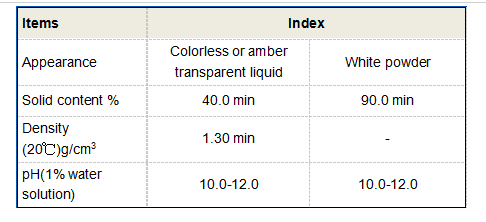Exploring the Various Applications and Benefits of Anionic Polyacrylamide in Different Industries
The Versatile Uses of Anionic Polyacrylamide
Anionic polyacrylamide (APAM) is a synthetic polymer widely used in various industries due to its remarkable properties. As a water-soluble polymer, it has a high molecular weight and is characterized by its anionic nature, which means it carries a negative charge. This feature significantly enhances its performance in applications ranging from water treatment to agriculture and beyond.
The Versatile Uses of Anionic Polyacrylamide
In addition to water treatment, anionic polyacrylamide is extensively utilized in the oil and gas industry, particularly in enhanced oil recovery (EOR) processes. It is used as a thickening agent, increasing the viscosity of water or other fluids injected into oil reservoirs. This enhanced viscosity allows for better mobility of the oil, improving recovery rates. Furthermore, APAM serves to stabilize the oil-water interface, reducing the capillary forces that hinder oil production. As energy resources become more challenging to extract, the importance of such polymers in optimizing EOR techniques cannot be overstated.
anionic polyacrylamide uses

Another significant application of anionic polyacrylamide is in the field of agriculture and soil management. APAM is used as a soil conditioner, where it enhances the water retention capacity of soils, particularly in arid and semi-arid regions. As a result, it helps in reducing irrigation frequency and encourages better crop yields. Additionally, it contributes to soil structure improvement, reducing erosion and enhancing fertility. Farmers increasingly recognize the benefits of incorporating APAM into their agricultural practices, driving sustainable farming initiatives.
Moreover, anionic polyacrylamide finds its applications in the mining industry for mineral processing. It aids in the separation of valuable minerals from ore through flotation, sedimentation, and thickening processes. By improving the efficiency of these processes, APAM contributes to higher recovery rates of valuable minerals, making mining operations more economically viable. Additionally, its use in settling ponds allows for better management of wastewater arising from mining operations, minimizing environmental impacts.
In the realm of construction, anionic polyacrylamide is also invaluable. It is utilized in cement and concrete formulations to enhance workability, reduce water permeability, and improve the overall quality of concrete structures. By adding APAM to cement mixtures, engineers can achieve better performance, longer lifespan, and improved resistance to cracking and other structural failures.
In conclusion, the versatility of anionic polyacrylamide is evident in its wide-ranging applications across various industries. Whether it is in water treatment, oil recovery, agriculture, mining, or construction, APAM proves to be an indispensable material that enhances efficiency, improves environmental outcomes, and supports sustainable practices. As industries continue to evolve and face new challenges, the demand for effective solutions such as anionic polyacrylamide is likely to grow, underpinning its vital role in modern industrial processes.
-
Water Treatment with Flocculant Water TreatmentNewsJun.12,2025
-
Polymaleic AnhydrideNewsJun.12,2025
-
Polyaspartic AcidNewsJun.12,2025
-
Enhance Industrial Processes with IsothiazolinonesNewsJun.12,2025
-
Enhance Industrial Processes with PBTCA SolutionsNewsJun.12,2025
-
Dodecyldimethylbenzylammonium Chloride SolutionsNewsJun.12,2025





